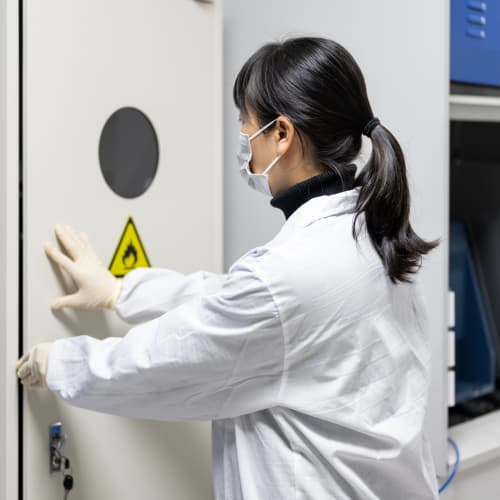In the pharmaceutical industry, particularly biopharmaceuticals, it is of paramount importance to maintain accurate measurements of the presence of particulate matter in drugs that are administered to patients. By remaining aware of the presence of these particles, pharmaceutical manufacturers can maintain a greater degree of control over the safety and quality of the drugs that they produce.
Particulate matter in parenteral drugs is of particular concern. Parenteral drugs are those that are administered in ways other than orally – most commonly, parenteral drugs are administered via injection. USP <788> testing adheres to US pharmacopeia standards for testing methods and particulate identification in injectable pharmaceuticals, enabling a consistent, reliable, repeatable method for determining the quality and safety of these types of materials.
BA Sciences features the advanced equipment, innovative processes, and deep experience necessary to carry out accurate and reliable USP <788> examination and testing. We offer a full range of pharmaceutical testing and validation processes designed to help manufacturers and labs ensure the quality and safety of their products and samples.
Without reliable testing and validation, products may pose direct safety risks to their end users. The effectiveness of products may also be at risk if contaminants or particulate matter are present, creating scenarios where prescriptions and usage recommendations no longer work as intended. In any case of contamination or unexpected presence of particulate matter, the safety of the pharmaceutical product is at risk, and thus should not be distributed to end users. USP Chapter <788> standards help to prevent these scenarios.
